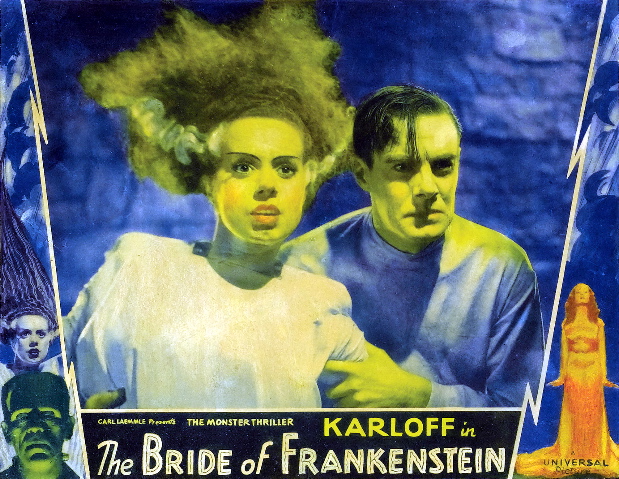
“Lloyd, no! No!”
“He told me he was going to wear that costume for Halloween, but I didn't believe him. The fool. The mad fool!”


“Lloyd, no! No!”
“He told me he was going to wear that costume for Halloween, but I didn't believe him. The fool. The mad fool!”
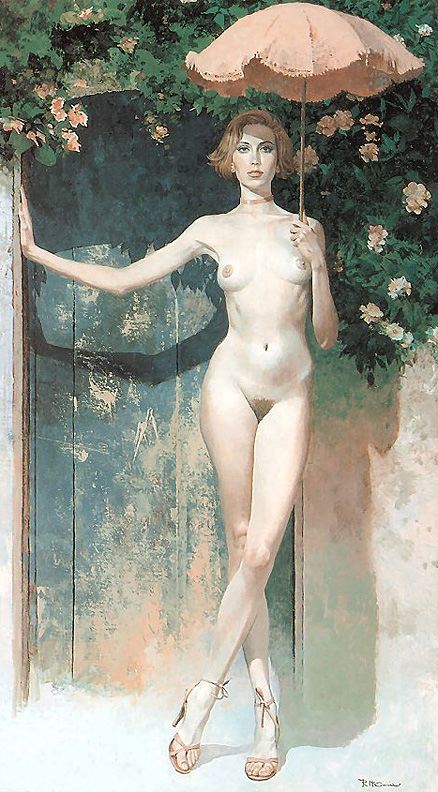
The women on Robert McGinnis'
paperback covers were often scantily clad, looking as though they might
slip out of whatever they were wearing at any moment, but he also did
straight-ahead nudes. The modest parasol here, warding off the
sun's gaze, gives this example a certain teasing piquance.
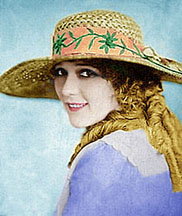
I fell in love with Mary Pickford when I watched this film a few years ago. I know you’re
probably thinking, “What took you so long?”, but I really hadn’t seen
much of her work before — some of the Biograph shorts she made for D.
W. Griffith and Sparrows, one of her later silents. I liked Sparrows a lot, thought it was a very well-made film, and admired Pickford’s craft extravagantly . . . but there was something self-conscious about it, something built into the idea of a masterful
artist playing a child, which had the flavor of a brilliant (a really brilliant) stunt.
But when I watched Amarilly Of Clothesline Alley all my resistance
melted. First of all, Pickford plays a sexually mature female, innocent
by choice but well aware of her options — and she’s very sexy, very
self-possessed and powerful, which makes her goodness all the more
vexing. The whole film is permeated with a strong aura of female power,
expressed most poignantly and convincingly in the easy camaraderie
between Amarilly and her mother — you get a sense that there’s no
problem on earth these two can’t solve . . . and haven’t solved, in a
sense, keeping a fatherless family together in crushing poverty. (You
also get a clear echo of Pickford’s actual early life, growing up too
fast, more of a peer than a daughter to her own mother.)
The wry eye they throw on the rest of the world, especially the world of
men, delightfully underlined in the snappy intertitles by Frances
Marion, their exuberant enjoyment of each other’s company, and of life
itself, exactly as it is, suggest a whole universe of female
self-sufficiency and dominion which our culture has managed to
eradicate almost entirely from the mainstream of popular art. (I begin
to think that the national euphoria over Pickford’s marriage to Douglas
Fairbanks may have reflected America’s pride, and perhaps relief, that
the country managed to produce a man worthy of her.)
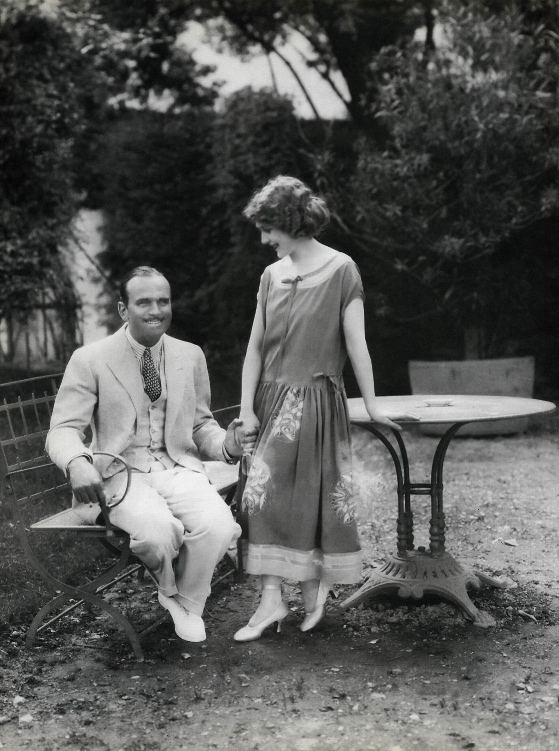
The style of the film as a whole, and Pickford’s performance in particular,
is shockingly casual, fast-paced, breezy and naturalistic — Amarilly
seems to have a whole and real and complicated inner self which she
chooses to share with others, and with us, out of sheer generosity and
goodwill. Virtue has never seemed so alive, so glamorous.
Well, I’m not the first person this has happened to, and thanks to the miracle of DVDs, I won’t be the last.
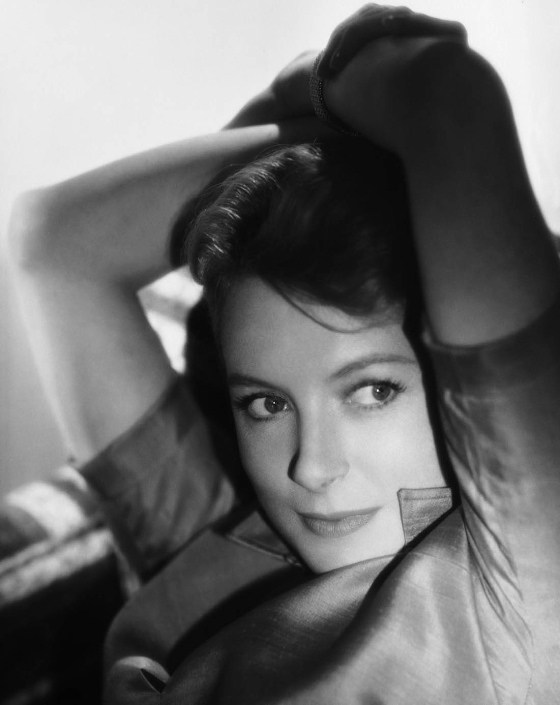
Over at the Alternative Film Guide, Andre Soares has a wonderful appreciation of Deborah Kerr (who died recently at the age of 86) in which he tries to unravel the mystery of her subtle erotic appeal. Such mysteries are ultimately unravel-able, of course, but Soares comes close, and reminds us why Kerr’s performances are always so alive and vexing.
I’ve written about her previously in a review of The Sundowners.
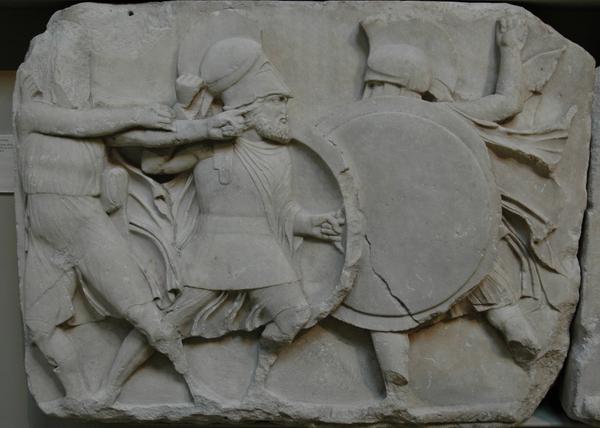
These, in the day when heaven was falling,
The hour when earth’s foundations fled,
Followed their mercenary calling,
And took their wages, and are dead.
Their shoulders held the sky suspended;
They stood, and earth’s foundations stay;
What God abandoned, these defended,
And saved the sum of things for pay.
The title of this poem is Epitaph on an Army of Mercenaries.
It’s one of my favorite poems of all time because it looks at things so
coldly and reminds us that sincerity is not the highest of
virtues. Today we tend to think of virtue as a state of mind —
if you mean well, you’re a good person. To Housman, as to the ancient Greeks, virtue was action, pure and simple.
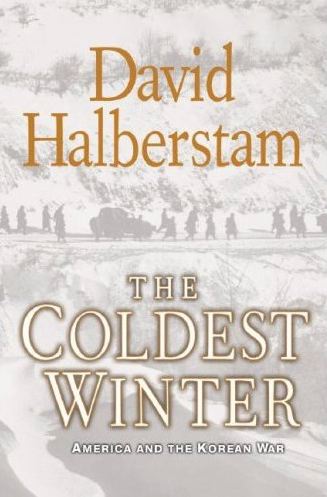
When he died in a car crash this Spring, David Halberstam had just finished his 21st book, The Coldest Winter,
an epic study of the Korean War. It's partly a work of military
history, with combat narratives based on interviews with veterans of
the conflict, but its greater value lies in the way Halberstam places
the war in the context of the post-war world, of American and global politics and strategy.
It fills in yet another piece of the puzzle of America's mood after
WWII — dark, anxious, bewildered, unsure of its new role as a world
superpower, veering between arrogance and lunatic paranoia.
There are many lessons for our own times to be learned from the book —
not least about the ways the Republican party managed to box the
Democrats into policies they mistrusted under the threat of being labeled
“soft on Communism”. Substitute “terrorism” for “Communism” and
you will see the same dynamic at work today.
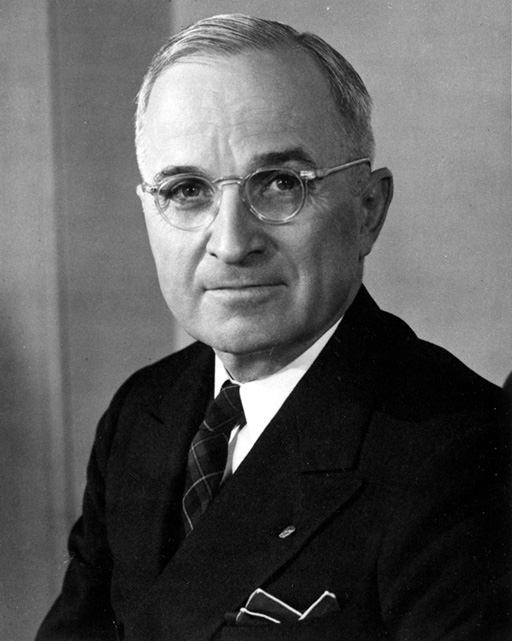
The war in Korea all but wrecked Truman's presidency, but he was
confident that history would judge him more kindly than his
contemporaries, as indeed it has. Among the high-ranking soldiers
and politicians, Matthew Ridgway and Truman emerge in Halberstam's book
as the true heroes
of the war. Ridgway learned how to fight the Chinese because he
was willing to take them seriously, to respect them as soldiers,
something the racist high command under MacArthur could not do.
Truman was willing to buck popular sentiment and
risk political ruin to oppose MacArthur, whose madness served the purposes
of the right-wing Republicans in Washington but whose insubordination
threatened the very core of the American system of government, the principle of
civilian control of the military.
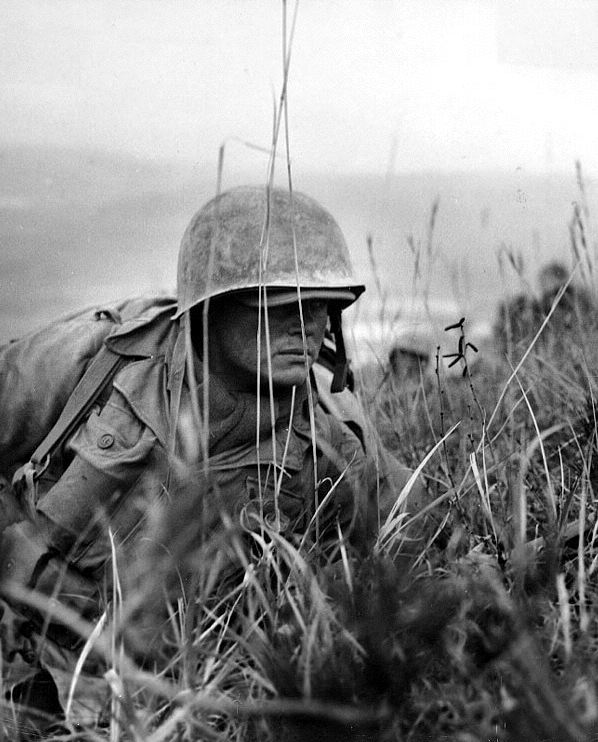
Among the boots on the ground, there were heroes by the thousands,
though they got no glory out of it, or even much recognition from the
folks at home. Korea was a war Americans wanted to forget, even
while it was happening — which is just the kind of war that needs to
be remembered and studied with care. We're in one like it
right now — part of the price a nation pays for forgetting the
grievous mistakes it has made in the past.
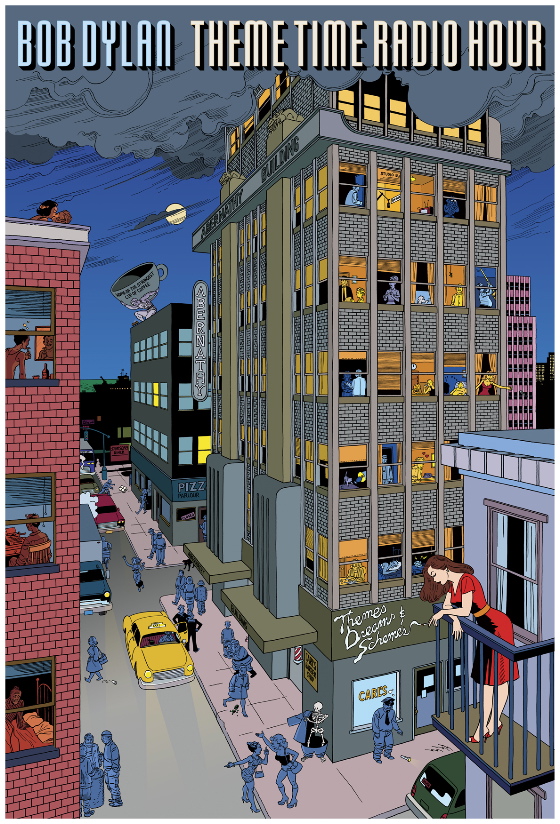
This is a poster designed by Jaime Hernandez, of the awesome comics duo
Los Bros Hernandez, for Bob Dylan's great show on XM Satellite Radio,
which might be the best radio music show of all time. Each week
Dylan plays songs he likes on a given topic. The songs are great,
but it's also great to see how Dylan organizes music in his mind.
It's much the way he organizes images in his songs — according to
associations and affinities that don't follow conventional rules or
categories.
I don't listen to the show much because like more and more people these days I have a hard
time dealing with scheduled entertainment — unless it's something live
like a baseball game. If it's digital and I can't download it or
get a copy of it to enjoy at my leisure, it's too much trouble, too
annoying — too much about the convenience of the provider and not
enough about my convenience.
[With thanks to Boing Boing for the link.]
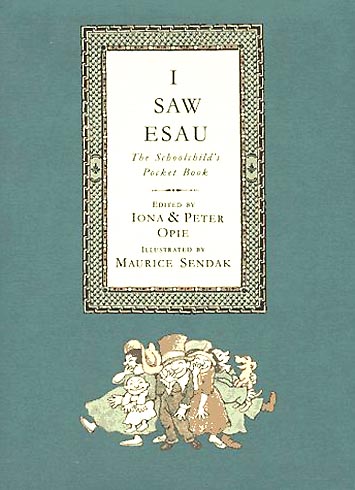
It is in the rock, but not in the stone;
It is in the marrow but not in the bone;
It is in the bolster, but not in the bed;
It is not in the living, nor yet in the dead.
This is a riddle, of course. Can you guess the solution?
[From I Saw Esau, edited by Iona and Peter Opie.]
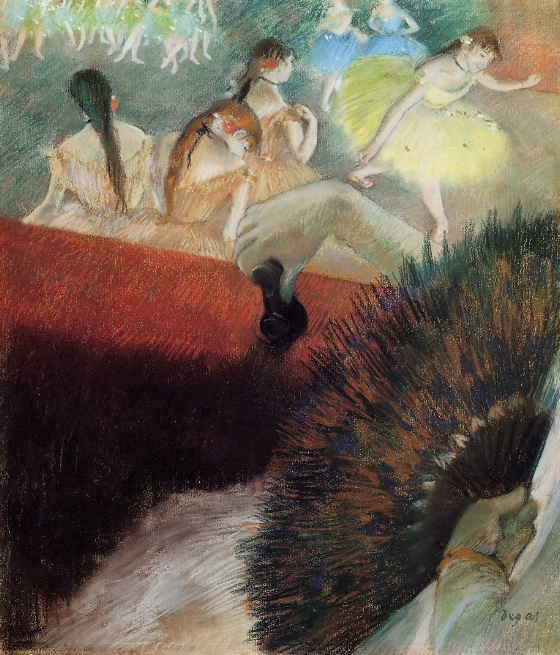
Degas' work is an odd combination of academic and Impressionist
strategies. His draftsmanship tended to be rigorous, almost
photorealistic — he often worked from photographs — and he shared the
academic's preoccupation with the dramatic, expressive possibilities of
space. At the same time his surfaces shimmered with a life of
their own, in the Impressionist way, creating a powerful counter
tension.
The image above is very unusual. The design offers a bold
recession of spaces, in three dramatic stages, while the treatment of
the surface flattens it all out again, as in a Japanese print, also a
strong influence on Degas' style.
I can never feel comfortable calling Degas an Impressionist, but he wasn't an academic, either. He was just Degas.

Fear no more the heat o' the sun,
Nor the furious winter's rages;
Thou thy worldly task hast done,
Home art gone, and ta'en thy wages;
Golden lads and girls all must,
As chimney-sweepers, come to dust.
Fear no more the frown o' the great;
Thou art past the tyrant's stroke:
Care no more to clothe and eat;
To thee the reed is as the oak:
The sceptre, learning, physic, must
All follow this, and come to dust.
Fear no more the lightning-flash,
Nor the all-dreaded thunder-stone;
Fear not slander, censure rash;
Thou hast finished joy and moan;
All lovers young, all lovers must
Consign to thee, and come to dust.
No exorciser harm thee!
Nor no witchcraft charm thee!
Ghost unlaid forbear thee!
Nothing ill come near thee!
Quiet consummation have;
And renownéd be thy grave!
I've always loved this song, from Cymbeline, one of Shakespeare's late plays, especially this couplet:
Golden lads and girls all must,
As chimney-sweepers, come to dust.
It's so
Shakespeare — speaking of the gravest things in the lightest and most
lilting way. I can't help but see it as a reflection of the
country humor Shakespeare grew up with, when hard things, all too
familiar, needed to be tossed off carelessly at times — sort of like
the phrase “he bought the farm.”

At any rate, the tone echoed through English literature — A. E. Housman derived a whole oeuvre from it, as in the following:
With rue my heart is laden
For golden friends I had,
For many a rose-lipped maiden
And many a lightfoot lad.
By brooks too broad for leaping
The lightfoot boys are laid,
The rose-lipped girls are sleeping
In fields where roses fade.

I also love the image in this couplet from Shakespeare's song:
Thou thy worldly task hast done,
Home art gone, and ta'en thy wages . . .
Though
Shakespeare became a wealthy man and a speculator later in his life, he
never got too far, imaginatively, from his working-class roots.
Life to him was always a job of work, literally and
metaphorically. He died soon after giving up his trade as a
playwright — in his heart, I suspect, the end of work and the end of
life were more or less the same thing, as they were for most English country folk of the time.
It took me a while to realize where the image in the couplet above
comes from, specifically — Saint Paul's letter to the Romans, where
the apostle writes, “The wages of sin is death.”
Saint Paul didn't exactly mean that death was a punishment for sin,
or that if you lived a sinless life you could escape death, because no one can live a sinless life. He
was just making a general observation, as Shakespeare was, about the
condition of man, imperfect by nature, doomed to die. When you
take your last wages in this world, all you can buy with them is the
farm.
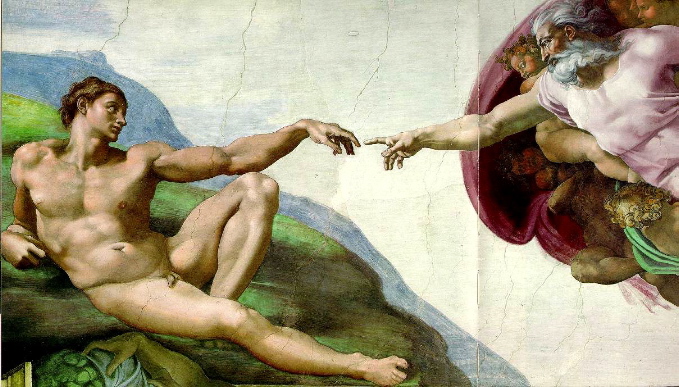
A guy is talking with God and he says, “God, what is a million years to you?”
God says, “A million years is a second to me.”
The guy says, “God, what is a million dollars to you?”
God says, “A million dollars is a penny to me.”
The guy says, “God, could I have a penny?”
God says, “Sure — just a second.”
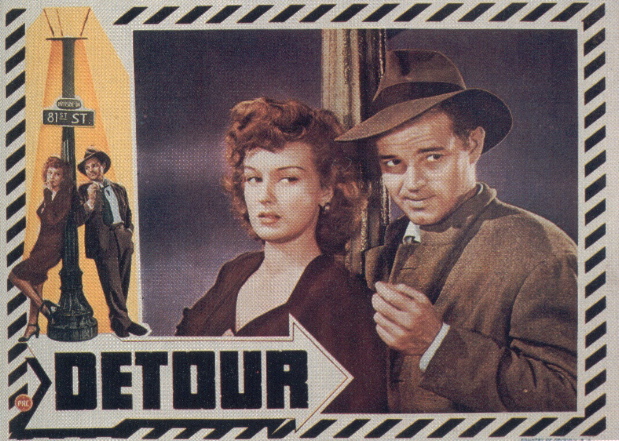
Although, as I wrote earlier, I don't see film noir
as expressly concerned with theological issues, there is a
sense in which the idea of “the death of God”, as a kind of
metaphorical expression for existential bewilderment, gets close to the
heart of the tradition.
Edgar G. Ulmer's Detour, a low-budget thriller from 1945, was arguably the first true film noir.
It offered a vision of the world as a moral maze from which there was
no exit — an image that accorded well with the unconscious dread which
gripped America in the wake of WWII and in the shadow of nuclear
apocalypse.
In this light, it's interesting to look at Ulmer's The Black Cat,
a strange Universal “horror film” from the early 30s. There, the
source of the horror that ensnares its innocent protagonists is a
modernistic version of the old dark house — which sits on the site of a
ghastly battle from WWI, somehow infected by the mass slaughter that
took place there.
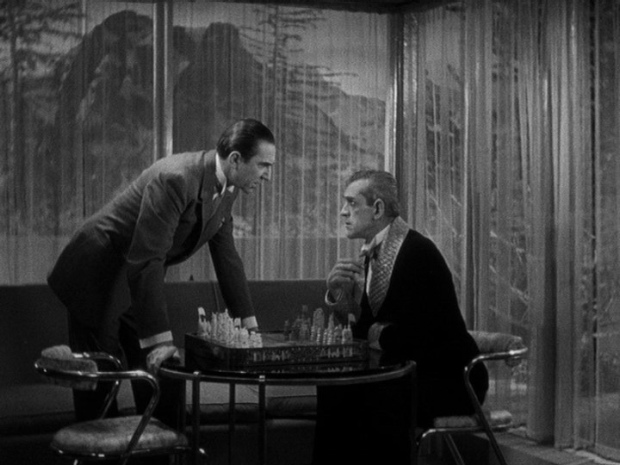
This may not be enough to prove that Ulmer saw a connection between the moral chaos of Detour and the horrors of WWII but it certainly suggests
that there may have been an unconscious association of the two
ideas in Ulmer's mind.
Certain modern commentators want to see film noir
as a phenomenon with essentially political implications — something
that's not hard to argue given the leftist leanings of many of the
great masters of the noir tradition, a number of whom were eventually blacklisted. But seeing film noir
as essentially political expression I think sells the phenomenon short. Film noir reflected
an existential dread far deeper than politics could encompass.
“The death of God” gets closer to expressing this than “the corruption
of Capitalism”.
Curiously enough, the French critic Luc Mollet said that Ulmer's whole body of work
expressed “the loneliness of man without God”. A recent essay on
Jules Dassin's Brute Force, included in Criterion's DVD edition of the film,
quotes Mollet dismissively and ironically, suggesting that he was just
offering a kind of smokescreen for the political underpinnings of the noir vision. But I think it makes more sense to see the nutty, irrational Stalinism of many noir
filmmakers as a smokescreen for the more comprehensive psychic
dislocations of post-WWII America, in which Communism and Stalinism
were just faddish, ill-conceived replacements for a God who seemed to
have abandoned the world in the desert outside Los Alamos, New Mexico,
after clearly announcing, at places like Auschwitz, his plans to retire
permanently from the world's affairs.

If film noir were simply a
reflection of the politics of its leftward-leaning makers, it ought to
be terribly dated today, after the demystification of Communism and
Stalin, those ephemeral shibboleths for which the Hollywood radicals martyred
themselves. But film noir
still speaks to us as strongly as it ever did — perhaps because “the
loneliness of man without God” still troubles the spirit, while the
passing of Stalin and Communism go conspicuously unlamented.
[Thanks again to Tony D'Ambra of films noir whose posts on film noir and the death of God prompted the thoughts above — and to Michael Mills' classic film blog for the Detour advertising art.]
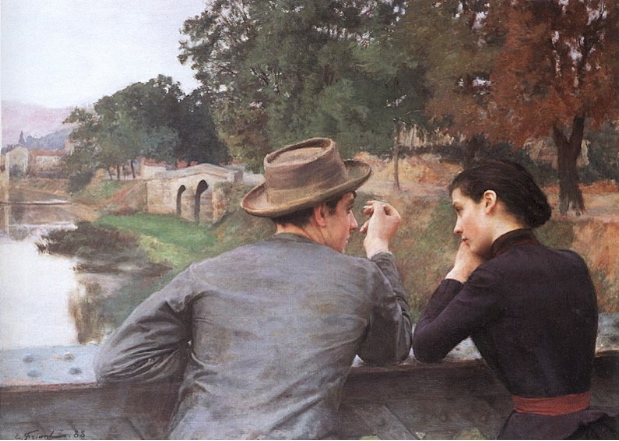
Émile Friant painted portraits and scenes of the French countryside. He
had, to me, a decidedly cinematic eye — his genre paintings are not
sentimentalized and they have a bold, dynamic quality based on spatial
compositions of great though subtle power. They remind me of Bertolucci’s
images in 1900.
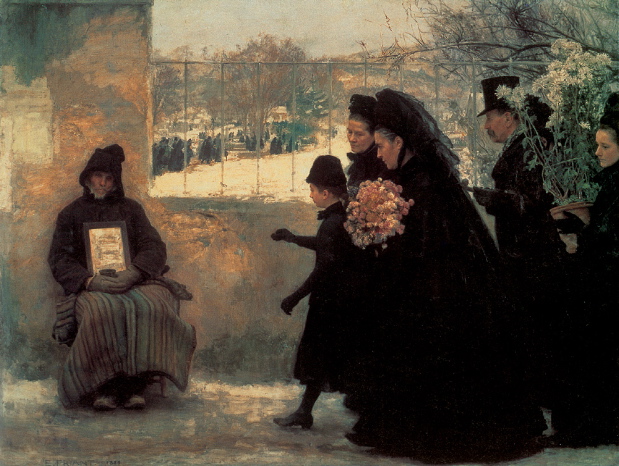
The painting above uses a technique Tissot was fond of — creating a
space in the foreground that instantly occupies one’s attention but
which also opens up into a deep space beyond. Spaces opening up
into deeper spaces instantly summon up the idea of movement, of the
potential for movement — they almost produce a sensation of movement. This
and their photorealistic quality are what to me give them a cinematic
quality.
Friant was a late Victorian — he lived until 1932, well into the era
of the Impressionist triumph. Like John Singer Sargent he
borrowed a freer approach to brushwork from the Impressionists while
remaining true to the basic aesthetic ideals of the Victorian academy.

In
a comment here (and currently on his own web site films noir) Tony
D'Ambra posts an intriguing quote from Mark Conrad about the connection
between film noir and existentialism:
“My proposal, then, is that noir can also be seen as a sensibility or
worldview which results from the death of God, and thus that film noir
is a type of American artistic response to, or recognition of, this
seismic shift in our understanding of the world. This is why Porfirio
is right in pointing out the similarities between the noir sensibility
and the existentialist view of life and human existence. Though they
are not exactly the same thing, they are both reactions, however
explicit and conscious, to the same realization of the loss of value
and meaning in our lives.”
[This is from Conrad's book The Philosophy of Film Noir: Nietzsche and the Meaning of Noir: Movies and the ‘Death of God’.]
I agree with the gist of the quote, and with Tony's assertion that film noir
and existentialism have a lot in common — though I'm not sure
that there was a direct influence on the former by the latter. I
think Conrad is on the right track when he locates the essence of film noir in a particular moral orientation to the universe and not in a style or in subject matter.
I'm also not sure that the death of God is quite the right way to explain film noir, though — except as a metaphor for “the loss of value and meaning in our lives”. Film noir,
to me, is more about moral bewilderment as a social phenomenon, with
social causes, than about loss of faith in God. It's about male
insecurity and fear of women, about a creeping dread that the world
isn't what it seems to be, doesn't work anymore — if it ever did.
These sorts of feelings have theological implications of course, but
they don't lead automatically to atheism or to existentialism — not in America, with its
strong Protestant tradition, which has always preached what the
theologian Paul Zahl calls a “low anthropology”, holding that the world
is intrinsically corrupt, redeemable only by supernatural Grace.
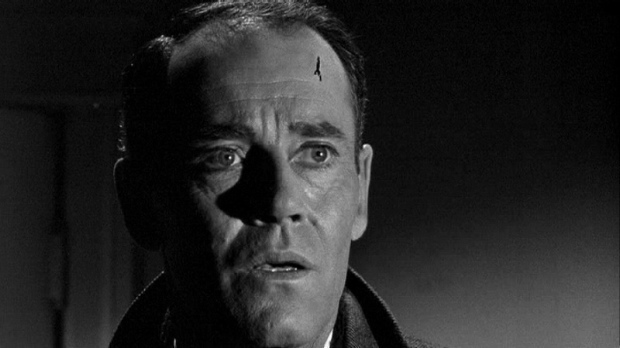
Hitchcock's The Wrong Man is an apt illustration of what I mean. The film is pure noir
— except in its denouement, when the protagonist is saved not by a
good woman or luck or some kind of desperate action but by the direct
intervention of Jesus. This is not a whole lot more improbable
than the ways some other protagonists get saved in the film noir tradition.
We needn't go this deep, however, to find the core, and the enduring appeal, of film noir.
The feelings it deals with, though brought to the surface by the
peculiarly horrific experiences of the generation that suffered through
WWII and afterwards lived in the shadow of nuclear annihilation, are
common to all men and women at some moments of their lives.

Such feelings may lead to atheism, to philosophies like existentialism
— or to religious epiphanies like the one Saul had on the road to Damascus. Because film noir
is art, not theology or philosophy, it is not concerned with such
outcomes. It is only concerned with the feelings, with certain particular conditions of the heart — with bringing
them to the surface and allowing us to engage them.
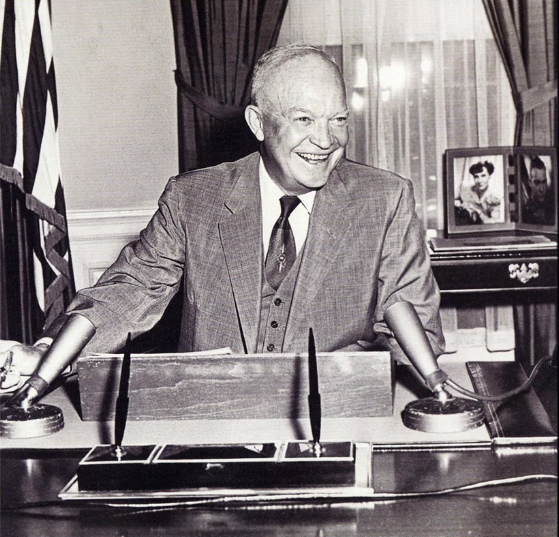
We sometimes think of the Fifties, the Eisenhower years, as a time of
blandness, naive optimism and conformity. As a kid in the Fifties
that’s how it seemed to me — I took everything at face value. I
was a member of the Mickey Mouse Club — I had the ears.
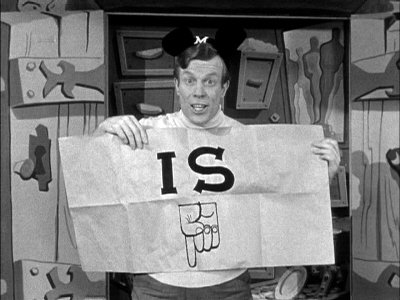
Looking back today at the popular culture of the Fifties, with wiser
eyes, perhaps, the picture is much different. The sunny side of
things looks like the thinnest of veneers. Film noir
flourished in the Fifties. Pulp fiction got unspeakably bleak and
harrowing. The subversive sexuality and energy of rock and roll
bubbled up from the black underclass with astonishing ferocity.
Some white performers tried their best to tone it down, but it stayed
dirty. Ed Sullivan could present it as a kind of vaudeville
novelty act, but kids knew better — soon it would become the
soundtrack for everybody’s life.
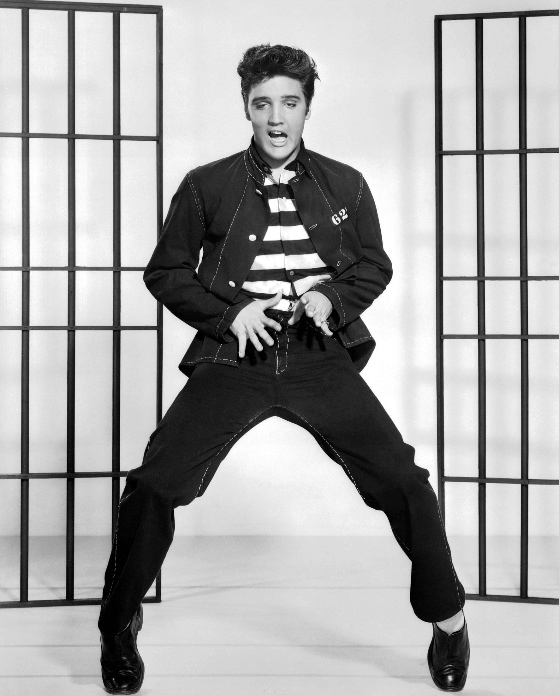
The Beats had already started turning on and dropping out, in an unsettling but
compelling rehearsal for the Sixties. At the time it seemed like a bizarre aberration.
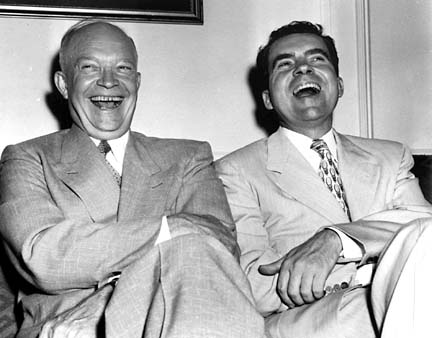
The film cycle depicting middle-class teen-aged angst and rebellion was born.
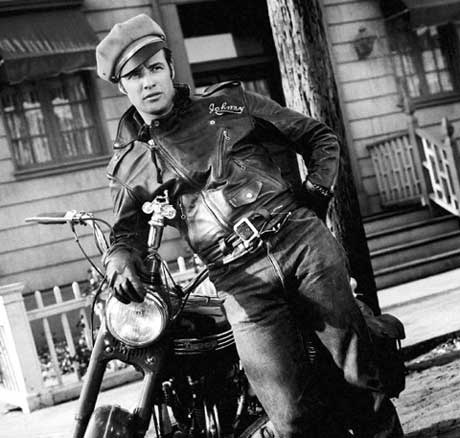
A girl to the Brando character in The Wild One: “What are you rebelling against?”
Brando: “What have you got?”
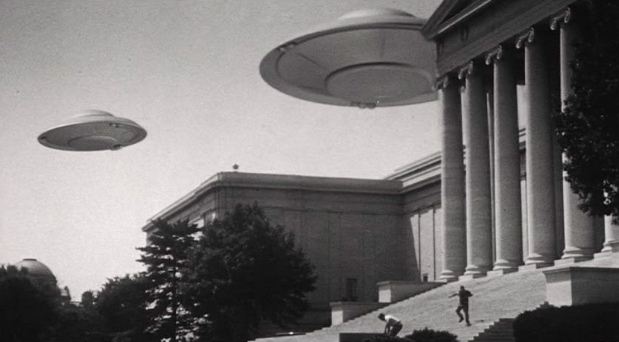
Low-budget sci-fi movies retailed images of apocalypse by the score.
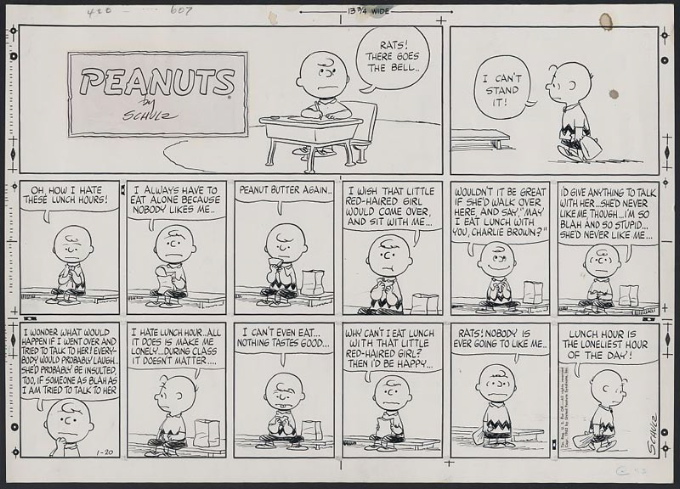
Even the kinder, gentler manifestations of popular culture reveal, on
closer examination, dark undercurrents. Charles Schulz said this
of his mildly satirical comic strip Peanuts:
“All the loves in the strip are unrequited; all the baseball games are
lost; all the test scores are D-minuses; the Great Pumpkin never comes;
and the football is always pulled away.”
And consider the apparently frivolous comic visions of Frank Tashlin —
which are, if examined closely, savage deconstructions of popular
American culture.

Indeed, the more you look at Fifties culture the more it comes to seem
that those mouse ears weren’t at the heart of it — they were
distractions from a deep national anxiety, a brooding sense of dread that permeated everything.